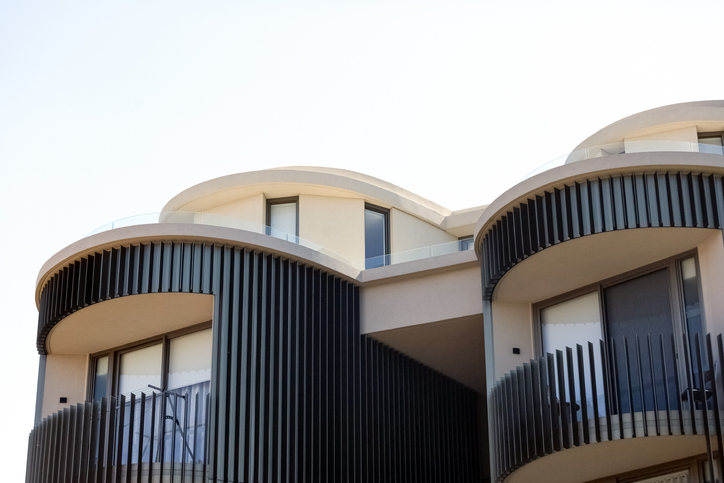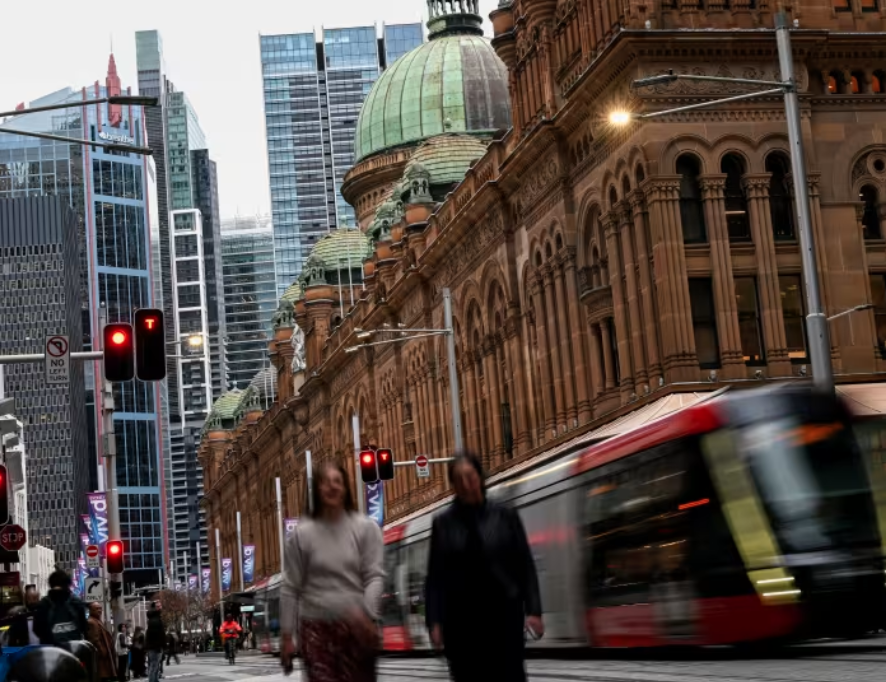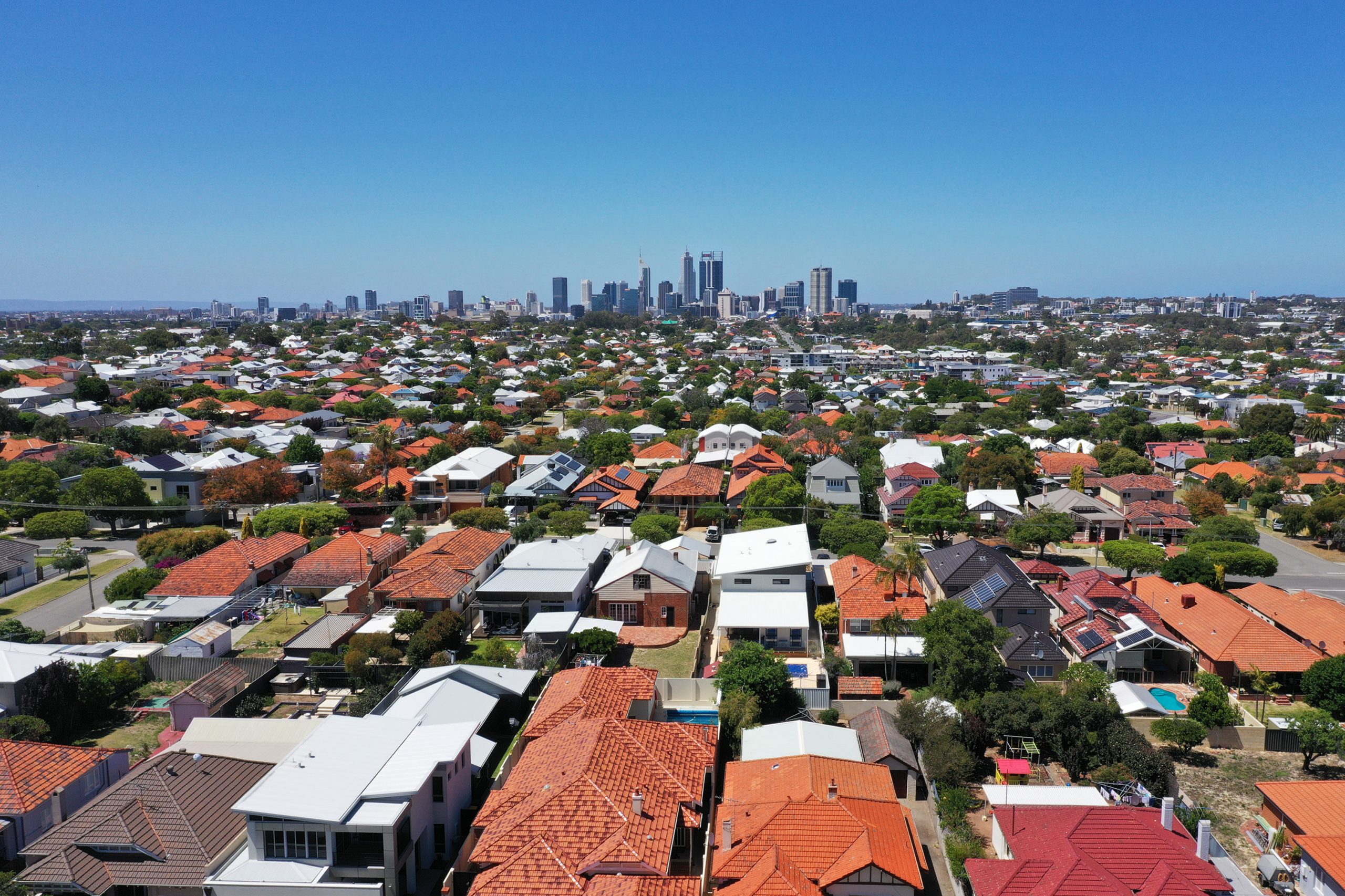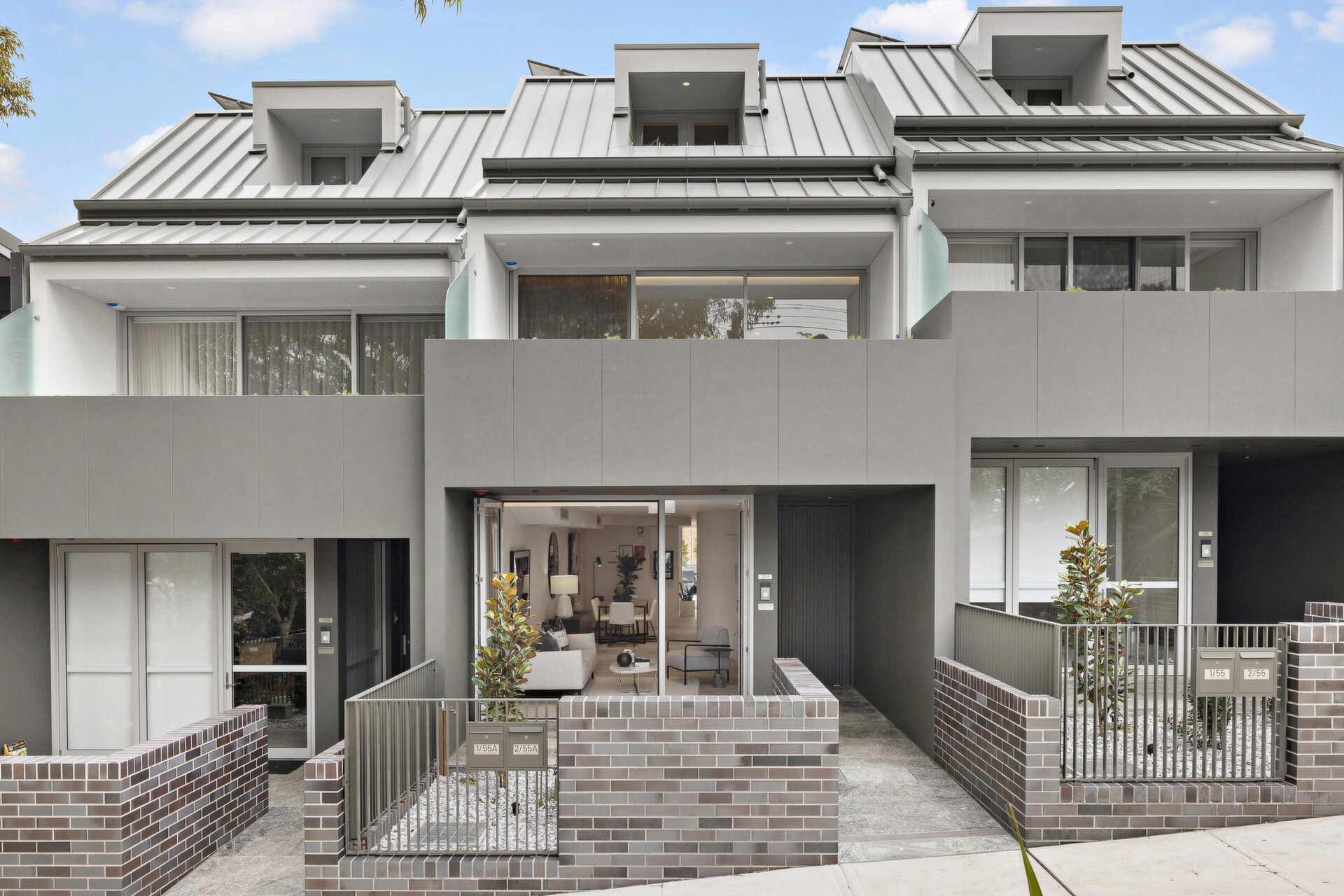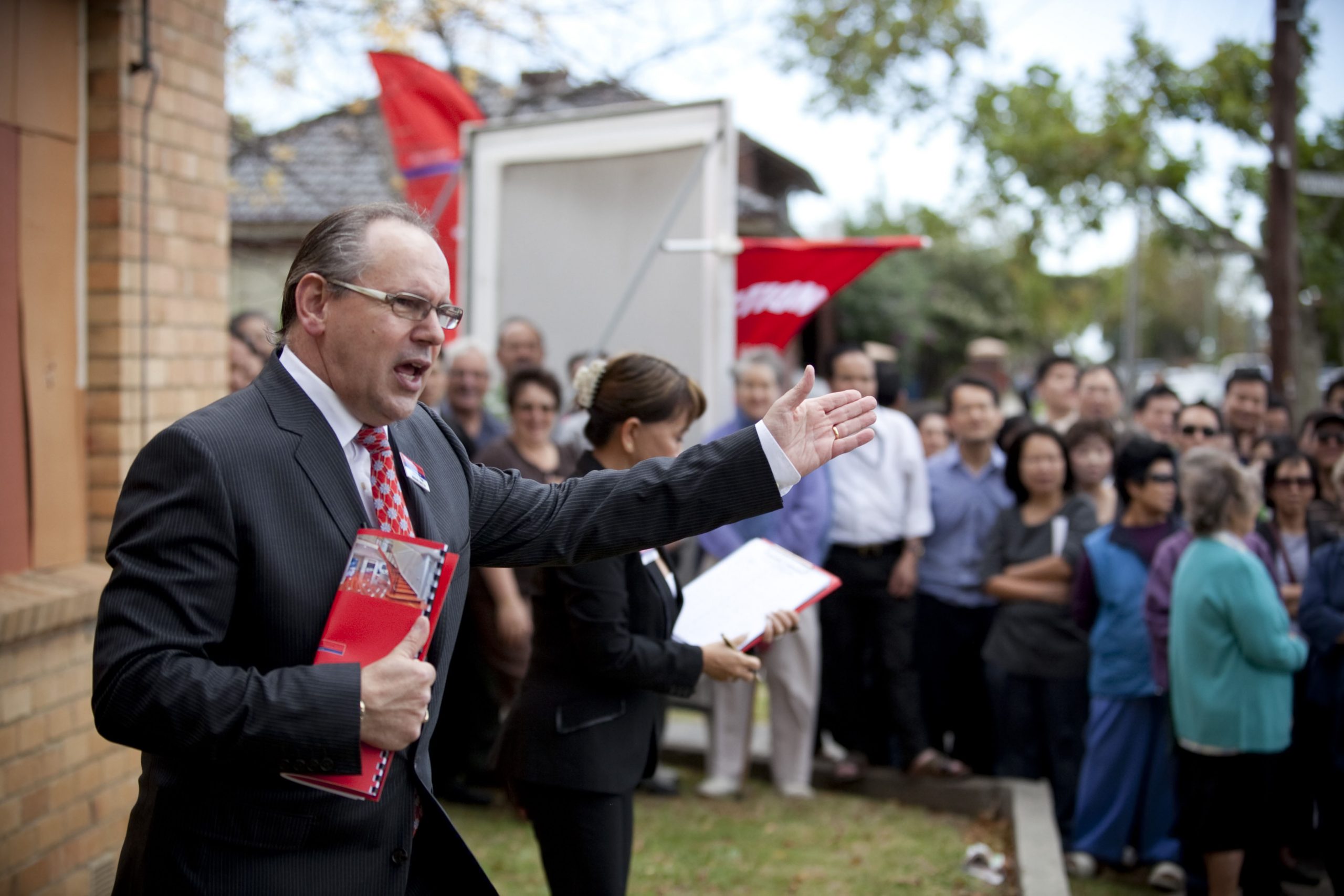Rent or buy? Not all Australians get to choose
A new report reveals a tight rental market putting further pressure on available housing
Demand for rental properties in Australian capital cities continues to outstrip supply, with no relief in sight for householders who are still locked out of buying a home, a new report has shown.
PropTrack’s December 2022 Rental Report, released today, reveals rents went up by 6.7 percent last year, a further increase from the 4.7 percent rise in 2021. The national median advertised rent for 2022 was $480 a week.
Despite the increases, the report authored by PropTrack’s director of economic research Cameron Kusher, says this has not led to more renters moving across to home ownership, nor has it caused more investors to enter the market.
This is predicted to create further pressure for renters this year.
“There remains an immense need for more rental accommodation, particularly in the major capital cities where demand is well in excess of supply,” the report says.
“It’s critical that we find ways to create more supply – either through increased investment or more build- to-rent projects – or we reduce demand, which seems unlikely.”
The report notes that it is still generally much cheaper to rent than to pay off a mortgage.
“This indicates that transitioning to home ownership from renting is likely to remain a challenge for many,” the report says.
There were seven consecutive interest rate increases during 2022, with the cash rate increasing from 0.10 percent to 3.10 percent.
For investors, the report notes that both property prices and yields increased over the pandemic, although yields decreased slightly towards the end of last year. Gross rental yields in capital cities fell from 3.8 percent in December 2021 to 3.7 percent in December 2022. In regional areas, yields went from 5 percent to 4.5 percent over the same period.
Data also revealed that units may represent a better investment right now, with house yields falling from 3.8 percent in December 2021 to 3.5 percent in December 2022. For units, yields increased from 4.1 percent to 4.3 percent over the same period, the highest levels since April 2021.
This stylish family home combines a classic palette and finishes with a flexible floorplan
Just 55 minutes from Sydney, make this your creative getaway located in the majestic Hawkesbury region.
Excluding the Covid-19 pandemic period, annual growth was the lowest since 1992
Australia’s commodity-rich economy recorded its weakest growth momentum since the early 1990s in the second quarter, as consumers and businesses continued to feel the impact of high interest rates, with little expectation of a reprieve from the Reserve Bank of Australia in the near term.
The economy grew 0.2% in the second quarter from the first, with annual growth running at 1.0%, the Australian Bureau of Statistics said Wednesday. The results were in line with market expectations.
It was the 11th consecutive quarter of growth, although the economy slowed sharply over the year to June 30, the ABS said.
Excluding the Covid-19 pandemic period, annual growth was the lowest since 1992, the year that included a gradual recovery from a recession in 1991.
The economy remained in a deep per capita recession, with gross domestic product per capita falling 0.4% from the previous quarter, a sixth consecutive quarterly fall, the ABS said.
A big area of weakness in the economy was household spending, which fell 0.2% from the first quarter, detracting 0.1 percentage point from GDP growth.
On a yearly basis, consumption growth came in at just 0.5% in the second quarter, well below the 1.1% figure the RBA had expected, and was broad-based.
The soft growth report comes as the RBA continues to warn that inflation remains stubbornly high, ruling out near-term interest-rate cuts.
RBA Gov. Michele Bullock said last month that near-term rate cuts aren’t being considered.
Money markets have priced in a cut at the end of this year, while most economists expect that the RBA will stand pat until early 2025.
Treasurer Jim Chalmers has warned this week that high interest rates are “smashing the economy.”
Still, with income tax cuts delivered at the start of July, there are some expectations that consumers will be in a better position to spend in the third quarter, reviving the economy to some degree.
“Output has now grown at 0.2% for three consecutive quarters now. That leaves little doubt that the economy is growing well below potential,” said Abhijit Surya, economist at Capital Economics.
“But if activity does continue to disappoint, the RBA could well cut interest rates sooner,” Surya added.
Government spending rose 1.4% over the quarter, due in part to strength in social-benefits programs for health services, the ABS said.
This stylish family home combines a classic palette and finishes with a flexible floorplan
Just 55 minutes from Sydney, make this your creative getaway located in the majestic Hawkesbury region.









